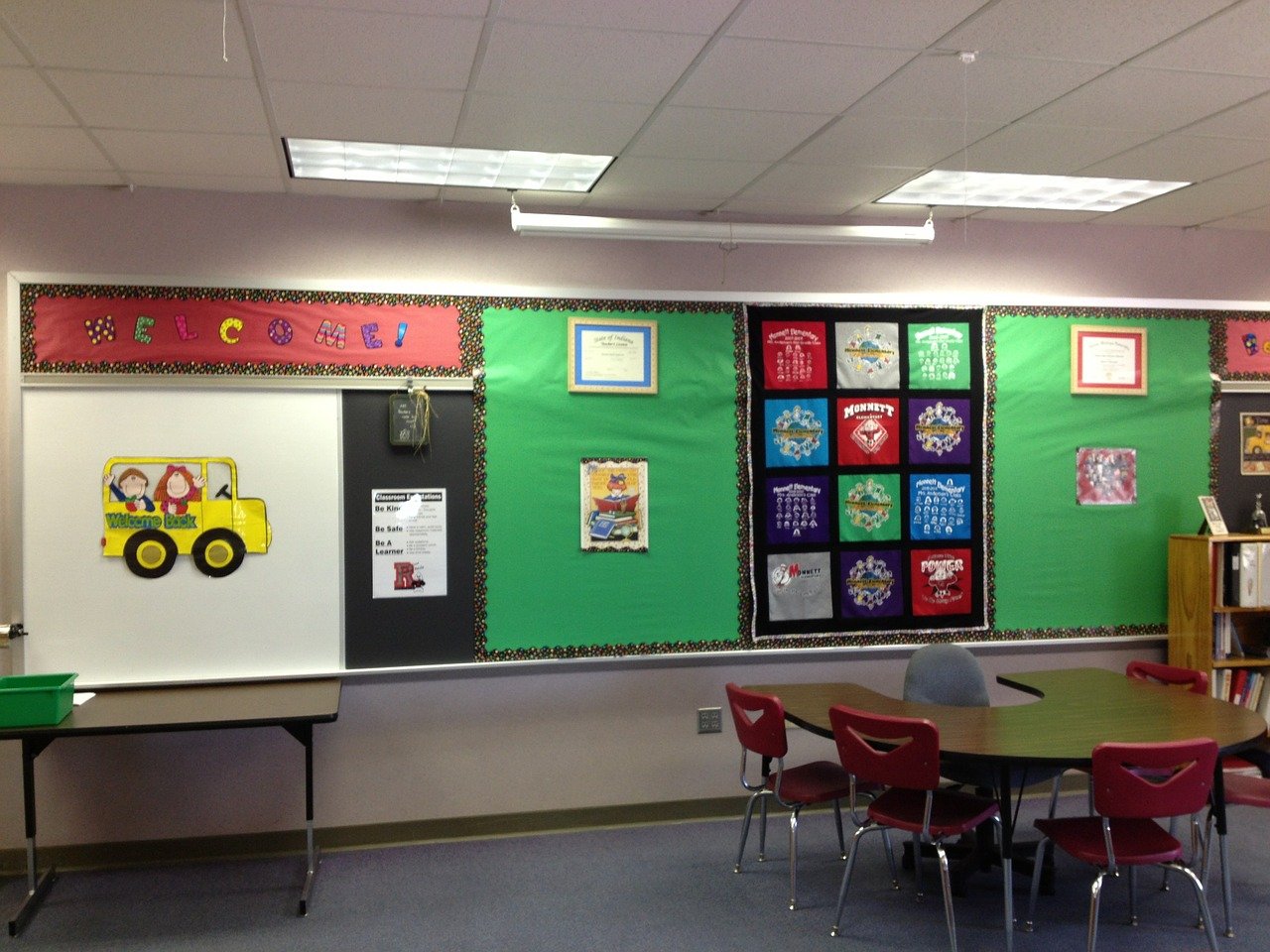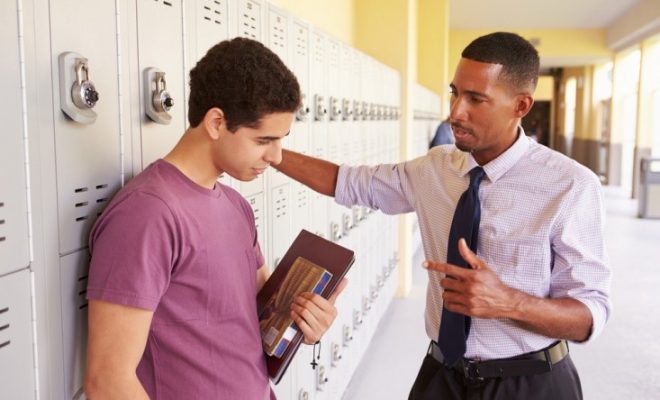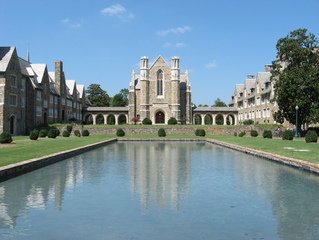Banishing Learners To Alternative Schools

Historically, the phrases “alternative schooling” and “reformatory school” were used interchangeably. However, alternative schooling is portrayed as the best choice for students who do not perform well in typical school settings.
Learners with persistent behavioral concerns, such as violence, talking back to teachers, or criminal history, are often assigned to alternative schools. However, a new trend has emerged in which low-performing students in public schools are being assigned to alternative schools regardless of their previous behavior.
Some people consider this as a good thing, as it separates the better performers from the worst performers. Others, however, argue that this strategy conceals faults in the education system by making public schools appear to have higher standards than they do, as a result of lower-performing students departing.
The Advantages of Alternative Education
For many individuals, alternative education appears to be a punishment for underachievers or students with behavioral concerns. However, for students who do not fit well in a typical school setting, the advantages of attending an alternative school might be enormous. The NEA organized a discussion board to examine the community’s reaction to alternative education, and the results were overwhelmingly positive.
Both educators and members of the general public saw the value of alternative schools for students who came from tough backgrounds or did not appear likely to graduate. However, this study also revealed some of the flaws that alternative schools are now dealing with.
Faults That Go Unnoticed
Some school districts have been accused of sending any low-performing students to alternative schools, regardless of concerns or conduct, to maintain the good ratings of comparable local, main public schools. ProPublica, an independent and non-profit journalism company, researched several different public and alternative schools to see whether or not this charge was genuine.
They discovered that many alternative schools provided considerably fewer extracurricular activities than traditional schools and arranged their classes in ways that did not encourage independent or critical thinking. ProPublica also received accounts of students who did not have any behavioral or criminal issues being placed in alternative schools with little to no choice over their education.
A Request for Resolve
The Obama administration sent a letter to public school districts across the country in 2014, urging them to review their disciplinary methods and approaches to behavioral issues. This letter stated that districts should not discriminate against students based on “race, color, or natural origin,” and urged districts to adopt alternative schools only as a last resort.
According to ProPublica, there will be no modifications imposed by the current bureaucracy since the shift in administration. As evidenced by the Oklahoma teacher marches in 2018, many educators and school districts are asking for reform within their state legislations. Without adequate financing, these school districts will be unable to focus on modifying their behavior and alternative schooling programs, and the problems will worsen.
Last Thoughts
Without the cooperation of school districts, as well as the federal and state legislatures, it appears doubtful that the current policy of moving low-ranking students from large public schools to underfunded alternative schools will change.






